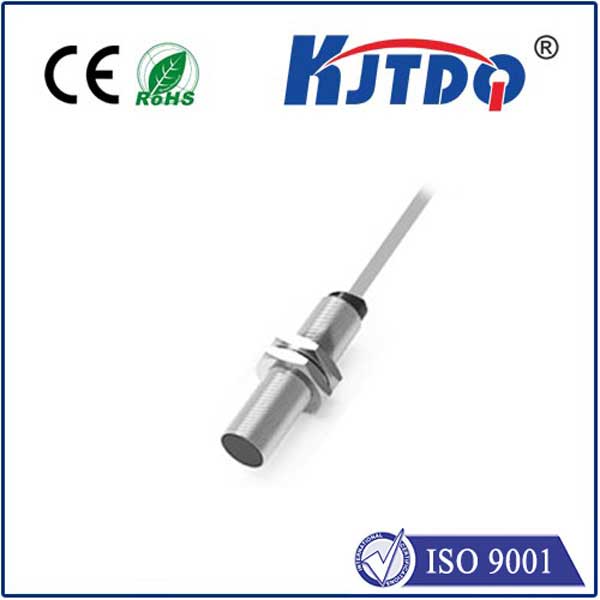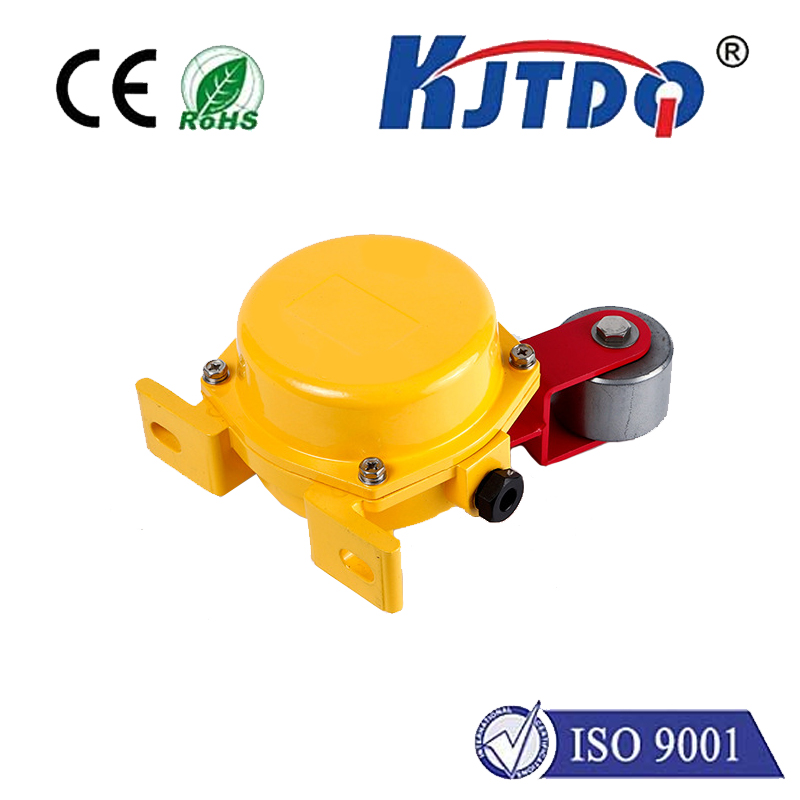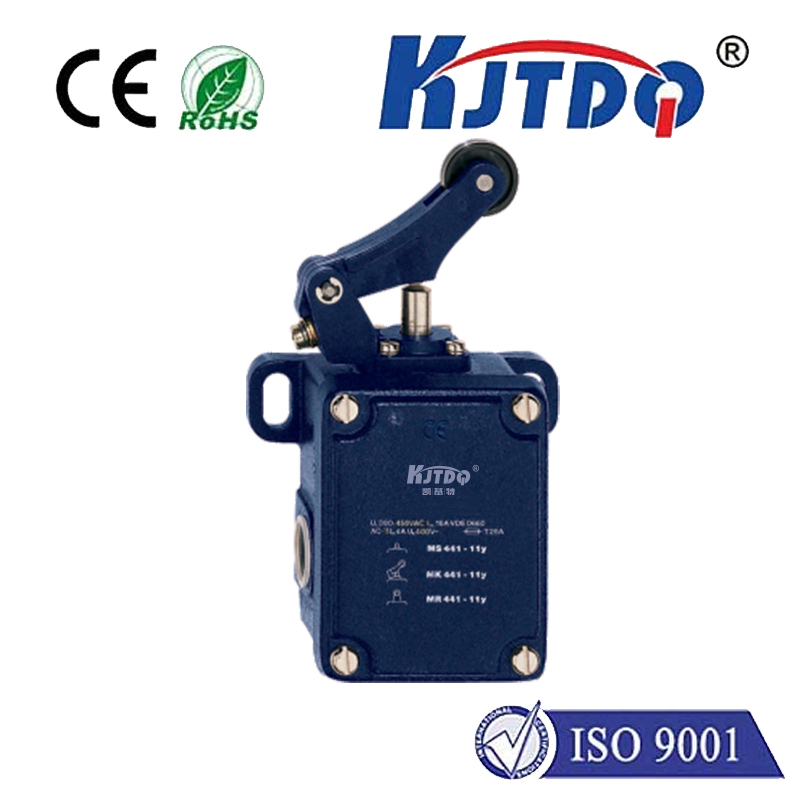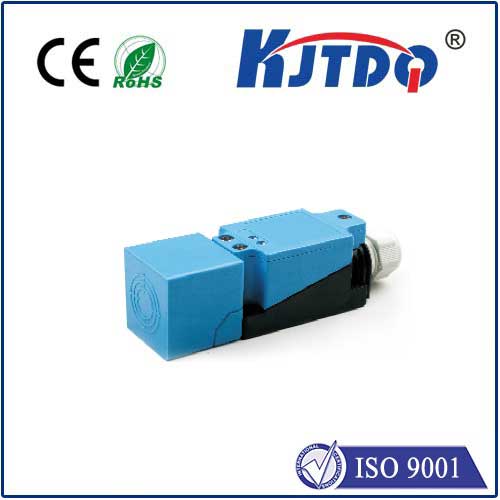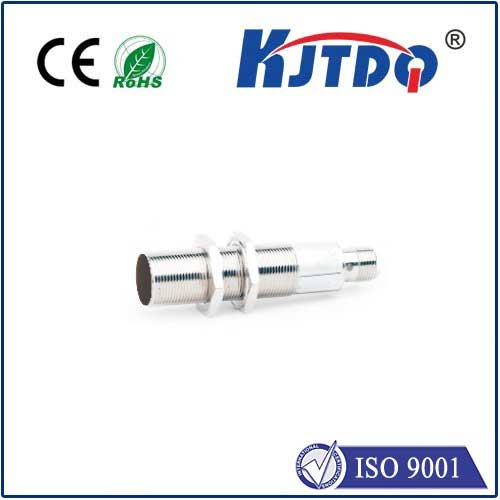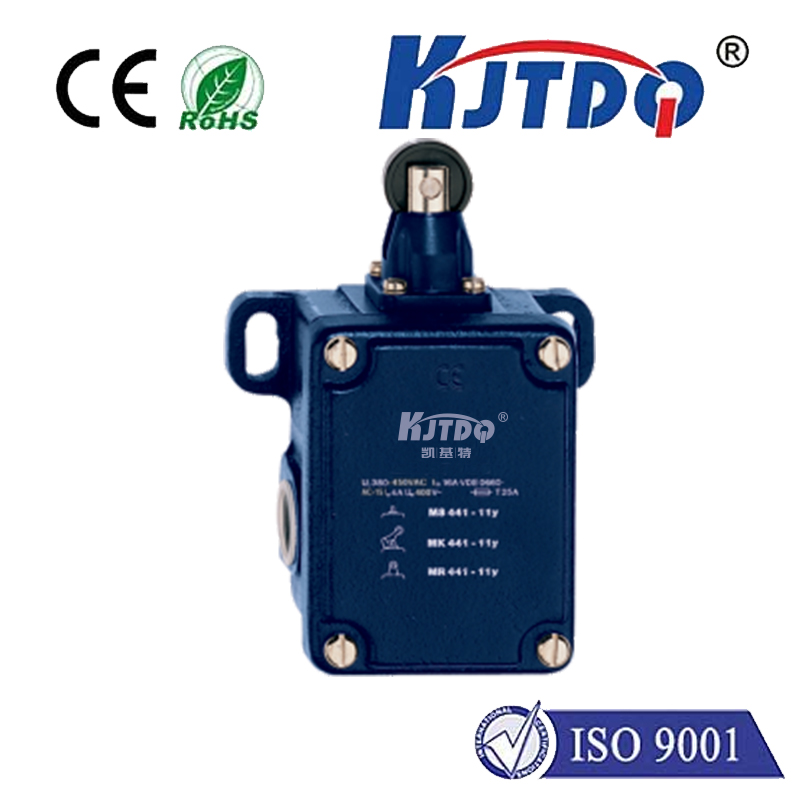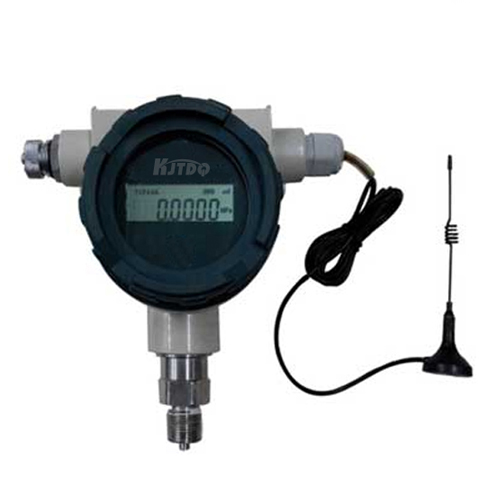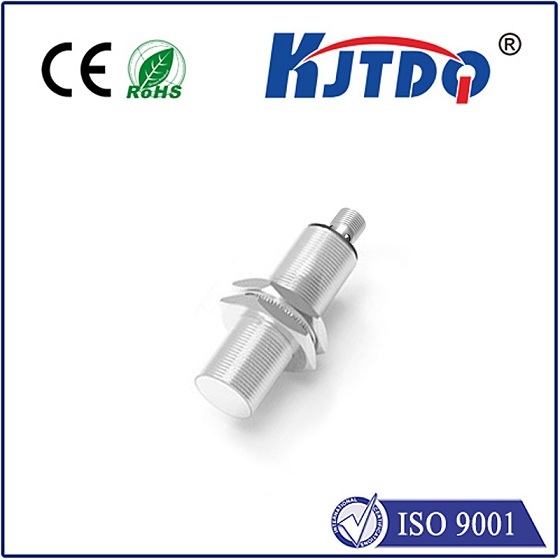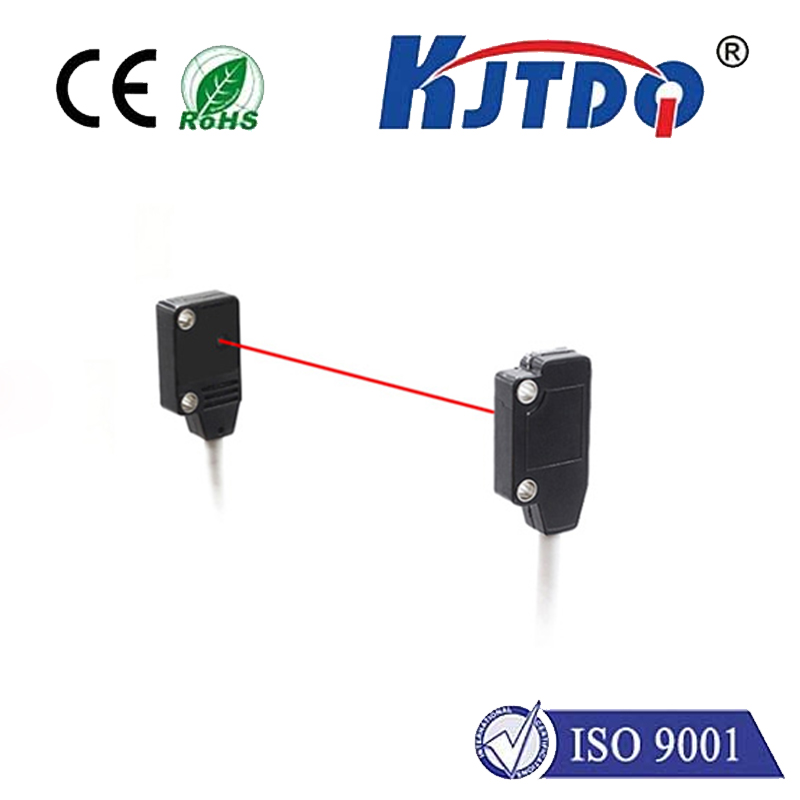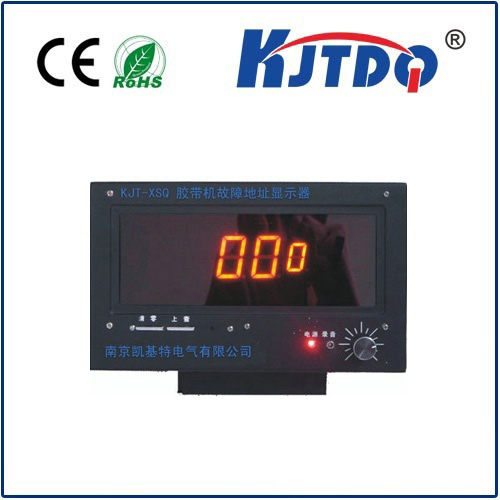

check

check

check

check

check

check

check

check

check

check
Title: Exploring the Capabilities of Diffuse Sensors with Background Suppression
Introduction:
In the realm of sensor technology, diffuse sensors have become increasingly popular for their ability to detect various environmental factors such as light intensity, color, or distance. These sensors are designed to operate effectively in diverse situations by minimizing interference from unwanted background elements. By incorporating background suppression techniques, these sensors enhance their precision and reliability in complex environments. Let's delve into what makes diffuse sensors with background suppression a game-changer in sensor technology.
The Working Principle:
A diffuse sensor works on the principle of reflective light measurement. When a light beam is projected onto a surface, it scatters diffusely and part of this scattered light is detected by the sensor. In applications without background suppression, any additional light sources can cause errors in readings. However, the integration of background suppression features enables the sensor to focus solely on the light reflected from the intended target and filter out extraneous light signals, resulting in accurate data acquisition.

Advantages of Background Suppression:
The key advantage of using diffuse sensors equipped with background suppression is their improved signal accuracy. By ignoring interfering light sources, these sensors provide consistent readings even under variable lighting conditions. This feature is especially valuable in industrial automation where precise measurements are crucial for quality control and product sorting processes. Furthermore, background suppression aids in reducing false positives and negatives in security systems, enhancing overall system efficiency.
Applications:
The utility of diffuse sensors with background suppression extends across multiple sectors. In automotive manufacturing, they might be used to detect paint defects or measure gloss levels accurately. In the agricultural sector, these sensors can monitor crop health by assessing factors like color and texture while disregarding irrelevant background colors. In retail, they can facilitate efficient product sorting based on color or size, ensuring high throughput with minimal error rates.
Challenges and Considerations:
Despite their benefits, diffuse sensors with background suppression face challenges. One primary concern is the potential for reduced sensitivity due to over-reliance on background suppression algorithms. Additionally, the cost and complexity of designing sensors with advanced suppression capabilities might be higher than traditional sensors. It's also essential to regularly calibrate these sensors to maintain optimal performance and ensure that software updates do not introduce new variables that affect suppression effectiveness.
Future Outlook:
As technology advances, we anticipate enhancements in background suppression algorithms that will further improve the functionality of diffuse sensors. Machine learning could play a role in refining suppression techniques, making sensor responses more intuitive and adaptable to varying contexts. Moreover, advancements in material science might yield innovative ways to physically suppress background noise at the sensor level.
Conclusion:
Diffuse sensors with background suppression offer a significant leap forward in sensor technology. They provide robust solutions for industries seeking reliable and accurate environmental measurements. As research continues, the potential for optimization and broader application of these sensors remains vast, promising even greater contributions to the fields of automation, security, and beyond.
